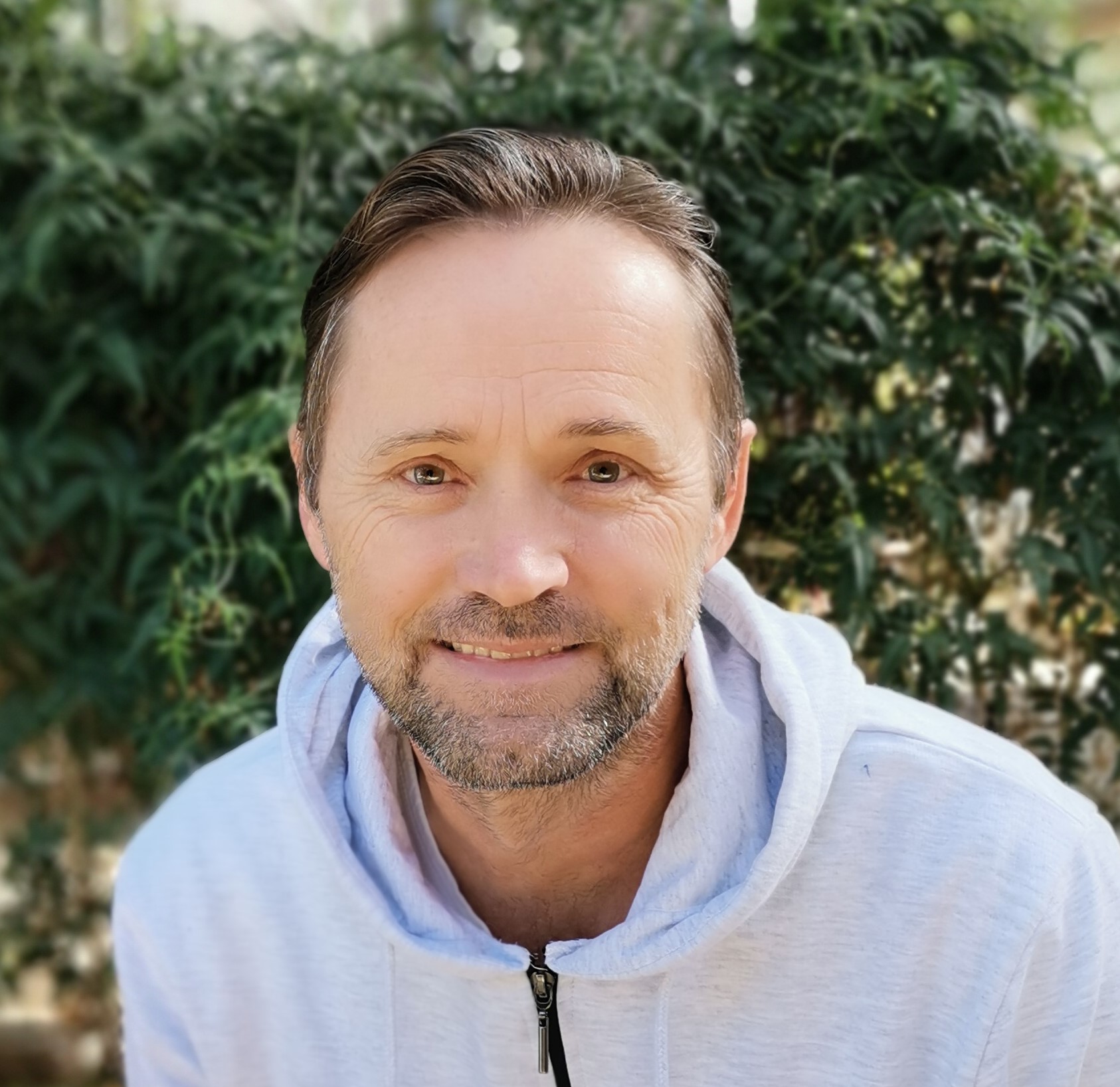The three Phases of the CDR include:
- Phase 1: Protection and Isolation Cells detect a threat and immediately downregulate energy-intensive functions such as growth and communication. This includes Metabolic Shifts where mitochondria reduce ATP production and shift towards glycolysis, prioritising rapid energy generation for immediate defence. It also includes Membrane Changes where alterations in the cell membrane make communication with neighbouring cells difficult, creating an "isolation" effect.
- Phase 2: Inflammation and Repair The cell signals the immune system to mobilise. During this phase, inflammation peaks to clear out damaged cells and pathogens. However, prolonged inflammation due to unresolved danger signals can lead to chronic conditions.
- Phase 3: Resolution and Reconnection If the danger is neutralised, cells re-establish normal metabolic function and reconnect with surrounding tissues. This phase is where true healing occurs.
However, when the danger signal persists (e.g., due to trauma, chronic stress, or environmental toxins), the CDR can become "stuck," leading to prolonged cellular dysfunction. This state underlies many chronic diseases, including autoimmune disorders, neurological conditions, and metabolic syndromes.
![]()
Mitochondria, the "powerhouses" of the cell, play a central role in the CDR. They are not just energy generators but also critical sensors of cellular stress. Mitochondria convert physical resources into energy (ATP), but in spiritual terms, they can also be seen as gatekeepers of the body's "life force" or vital energy. During the CDR, mitochondria produce reactive oxygen species (ROS) to signal danger. While essential in small doses, excessive ROS contributes to oxidative stress, a common feature of chronic disease. Addressing mitochondrial health is a pivotal step in releasing the CDR.
Healing modalities that integrate breathwork, meditation, and energy-based therapies (like Reiki or sound healing) can positively influence mitochondrial function by reducing oxidative stress and fostering a sense of safety.
![]()
From a spiritual perspective, the CDR can be understood as the body's way of signalling misalignment at deeper levels. Prolonged activation of the CDR may indicate unresolved emotional trauma, suppressed energy, or even soul-level imbalances. *Unresolved trauma* can "anchor" the CDR, keeping the body in a state of hypervigilance.
Practices like SOULSPEAK®, which operate on the superconscious level, address the energetic distortions caused by trauma, allowing the body to release its defence mechanisms.
Healing requires the body to feel safe. This mirrors spiritual teachings that emphasise the need for surrender and trust to facilitate transformation. Techniques such as guided visualisation, energy medicine, and spiritual recoding align with the cellular need for reconnection.
![]()
The CDR can be seen as a reflection of the soul's call for attention. Chronic illnesses often manifest when the body and soul are out of harmony. Addressing these imbalances through spiritual practices — such as chakra balancing, inner child work, or SOULSPEAK® — can help release stuck energy and resolve the CDR. Understanding the CDR opens the door to holistic approaches that target the root causes of chronic illness. Healing work centred on the CDR involves not only resolving physical symptoms but also addressing emotional, energetic, and environmental factors that perpetuate the danger signal. By understanding the CDR, practitioners can adopt a holistic approach that integrates science and spirituality. Key applications in healing include:
- Cellular-Level Healing
- Nutritional Support: Antioxidants (e.g., glutathione, CoQ10) can mitigate oxidative stress, while omega-3 fatty acids reduce chronic inflammation.
- Detoxification: Supporting the body's detox pathways (liver, kidneys, lymphatic system) and increasing sleep can help reduce the burden of environmental toxins that perpetuate the CDR.
- Energy Medicine and Vibrational Healing Modalities such as sound therapy, Reiki, acupuncture, and frequency-based therapies can recalibrate cellular energy, resonate with the body's energy fields, adn signal safety for encouraging cellular reconnection.
- Emotional and Spiritual Healing
- Trauma Release: Emotional trauma can "lock" the CDR in a perpetual state of defence. Techniques such as EMDR, SOULSPEAK, Clinical Neurosomatics, and somatic experiencing address unresolved emotional pain that perpetuates the danger signal.
- Meditation and Breathwork: These practices calm the nervous system, fostering safety and mitochondrial recovery.
![]()
The CDR provides a bridge between cutting-edge science and holistic healing practices. At its core, the CDR represents a call for safety — on a physical, emotional, and spiritual level. By aligning healing work with this understanding, practitioners can help individuals achieve deeper transformation and sustained wellness. As research into the CDR evolves, it holds the potential to revolutionise approaches to chronic illness and personal growth. Whether through advanced therapies or intuitive modalities, the possibilities for healing rooted in the CDR are profound.
Resources
Dispenza, J. (2014). You are the placebo: Making your mind matter. London, UK: Hay House.
Mate, G. (2019). When the body says no: The cost of hidden stress. London, UK: Vermilion.
Naviaux, R. K. (2014). Metabolic features of the cell danger response. Mitochondrion, 16, 7–17. https://doi.org/10.1016/j.mito.2013.08.006
Naviaux, R. K. (2019). Perspective: Cell danger response biology — The new science that connects environmental health with mitochondria and the rising tide of chronic illness. Environmental Pollution, 249, 412–429. https://doi.org/10.1016/j.envpol.2019.03.104
![]()



 The Cell Danger Response (CDR) is a revolutionary concept reshaping our understanding of health, disease, and healing. First described by Dr Robert Naviaux, the CDR redefines how cells respond to threats, revealing a dynamic interplay between biological processes, environmental triggers, and even spiritual well-being. The idea that healing begins at the cellular level resonates deeply with both scientific and spiritual paradigms, offering a comprehensive framework to address chronic illness and unlock profound healing potential, offering a powerful framework for healing that moves beyond traditional symptom management. By addressing the core biological processes driving disease, the CDR provides an exciting opportunity to integrate cutting-edge science into transformative healing work.
The Cell Danger Response (CDR) is a revolutionary concept reshaping our understanding of health, disease, and healing. First described by Dr Robert Naviaux, the CDR redefines how cells respond to threats, revealing a dynamic interplay between biological processes, environmental triggers, and even spiritual well-being. The idea that healing begins at the cellular level resonates deeply with both scientific and spiritual paradigms, offering a comprehensive framework to address chronic illness and unlock profound healing potential, offering a powerful framework for healing that moves beyond traditional symptom management. By addressing the core biological processes driving disease, the CDR provides an exciting opportunity to integrate cutting-edge science into transformative healing work.
 Copyright 2009-
Copyright 2009-
Kommentar schreiben